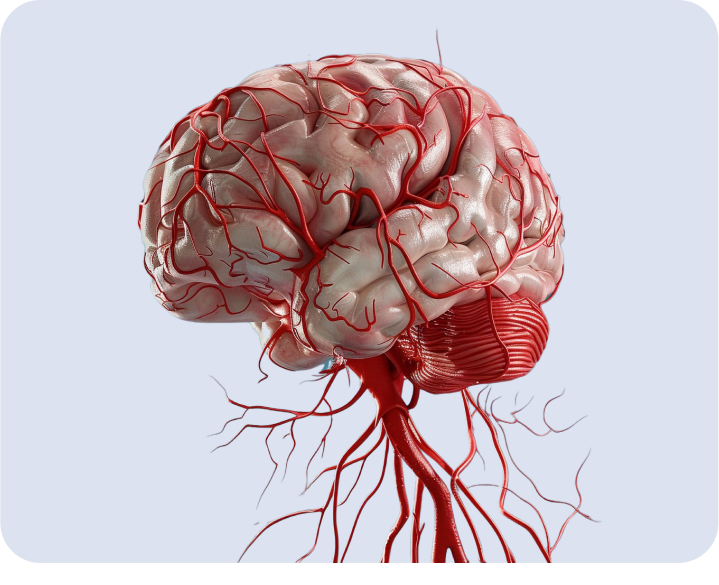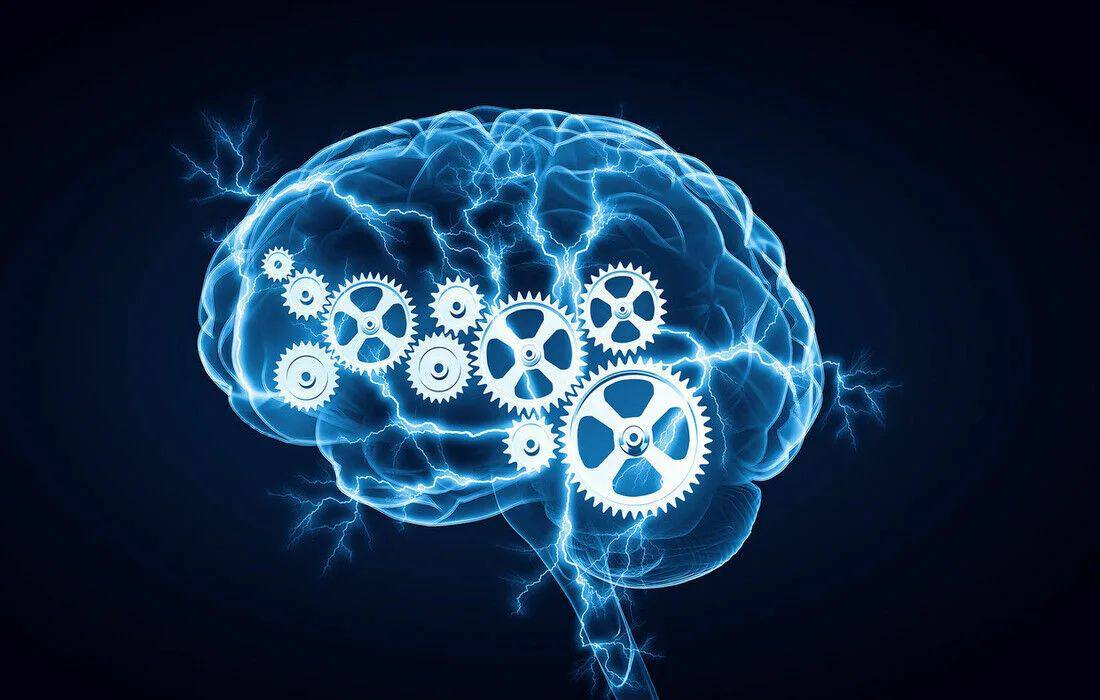Library - Page 5
Registered on ClinicalTrials
The relationship of cardiovascular diseases and cerebrovascular complications
Authors:
Ostroumova T.M., Kochetkov A.I.
Place of publication:
11,2022
Mexidol effects in patients with chemical and heart failure II - III functional class
Authors:
A.V. Schulkin 2 , E.R. Kazamedov 1 , S.A. Galochkin 1 , V.V. Tolkacheva 1 , railway Cobalava 1
1 FGAOU in Russian University of Friendship of Peoples, Moscow;
2 FSBEI in the Ryazan State Medical University named after Acad. I.P. Pavlova "of the Ministry of Health of Russia, Ryazan
Cognitive disorders for heart failure: the role of microcirculation disorders
Authors:
Chimagomedova A.Sh., Gioeva Z.R., Akhilgova Z.M., Kurkina M.V., Avtandilov A.G.
FSBEI DPO Russian Medical Academy of Continuing Professional Education, Moscow, Russia
Place of publication:
Journal of neurology and psychiatry named after S.S. Korsakova
2020, vol. 120, No. 10, issue. 2
Arterial hypertension, cognitive disorders and dementia: the view of the cardiologist
Authors:
O.D. Ostroumova 1.2 , M.S. Chernyaeva 3
1 FSBEI IN "Moscow State Medical and Dentological University named after A.I. Evdokimov »Ministry of Health of Russia, Moscow, Russia;
2 FGAOU VO "First Moscow State Medical University named after THEM. Sechenov ”(Sechenov University) of the Ministry of Health of Russia, Moscow, Russia;
3 FSBI DPO Central State Medical Academy Affairs of the President of the Russian Federation, Moscow, Russia
The role of antioxidants in the prevention and treatment of patients with a high risk of cardiovascular complications
Authors:
Shchepanevich L.A. 1*, Tanashian M.M. 2*, Nikolaev Yu.A. 1*, Polyakov V.Ya. 1*, Pervuninskaya M.A. 1*, Antonova K.V. 2*
1* FGBNU "Research Institute of Experimental and Clinical Medicine", Novosibirsk, Russia;
2* FGBNU "Scientific Center of Neurology", Moscow, Russia
Place of publication:
Cardiology and cardiovascular surgery, 4, 2018
The use of Mexidol® in cardiology is an additional and real myocardial protection path
Author:
N.Yu. Borovkova
FSBEI in the Nizhny Novgorod State Medical Academy of the Ministry of Health of the Russian Federation, Nizhny Novgorod
Place of publication:
cardio, issue No. 11 (25), 2017
Anxy with a high level of anxiety
Authors:
S. D. Kurochkina*, Candidate of Medical Sciences, E. V. Semenova **, Yu. V. Tereshchenko **, candidate of medical sciences, A. A. Semenkin **, Doctor of Medical Sciences, Professor, G. I. Nechaev1, Doctor of Medical Sciences, Professor
* Buzoo KKD, Omsk
** FSBOU in the OMGMU of the Ministry of Health of the Russian Federation, Omsk
Place of publication:
The attending physician, March 2017, No. 3,
Cardiovascular comorbidity: Focus for the correction of tissue ischemia and energy deficiency
Authors:
D.M.N., Professor M.E. Statsenko, MD, Professor S.V. Turkina
Department of Internal Diseases of the Pediatric and Dental Faculty of FSBEI in Volgograd State Medical University of the Ministry of Health of Russia, Volgograd, Russia
Place of publication:
Cardiology and cardiovascular surgery, 6, 2016
The effect of antioxidant therapy on some pathogenetic factors of primary open -angle glaucoma
Authors:
T.N. Malishevskaya 1 , Yu.E. Filippova 2
1 FSBI "National Medical Research Center of Eye Diseases named after Helmholtz »Ministry of Health of Russia, Moscow, Russia;
2 GAUZ “Regional Ophthalmological Dispensary”, Tyumen, Russia
Experience in the use of metabolic drugs in interventional cardiology
Authors:
A.A. Spassky, A.A. Mikhailov
Place of publication:
Cardionei, 2016
The possibilities and results of the use of antioxidant therapy in ophthalmological practice
Authors:
A.B. Movsisyan 1.2 , J.G. Oganezova 2.3 , E.A. Egorov 2
1 GBUZ “Hospital for Wars of Wars No. 2 DZM”, Moscow, Russia;
2 FGAOU in Russian National Research Medical University named after N.I. Pirogov »Ministry of Health of Russia, Moscow, Russia;
3 FGBNU "Medical and Genetical Scientific Center named after Acad. N.P. Bochkova ", Moscow, Russia
The use of Mexidol in the treatment of primary open -angle glaucoma
Authors:
I.A. Loskutov, O.M. Andryukhina, A.A. Kovrizhkina
Moscow Regional Research Clinical Institute. M.F. Vladimir
The experience of neuroprotective therapy of primary open -angle glaucoma based on the use of various forms of Mexidol
Authors:
E.S. Leonova 1.2 , S.V. Polyakov 1.2 , M.A. Pozdnyakova 2 , E.P. Yarygina 3 , S.O. Semisinov 2
1 NUZ "Road Clinical Hospital at the Gorky station OJSC" Russian Railways ", the interdorrutal center of ophthalmology
2 GBOU VPO" Nizhny Novgorod State Medical Academy "
3 GBUZ but" City Hospital No. 35 ", City Glacks Center
The experience of neuroprotective therapy of primary open -angle glaucoma based on the use of various forms of Mexidol
Authors:
E.S. Leonova1, 2, S.V. Polyakov1, 2, M.A. Pozdnyakova2, E.P. Yarygin3, S.O. Semisov2
1 nose "Road Clinical Hospital at the Gorky station OJSC" Russian Railways ", the interdorrutal center of ophthalmology, 18 Lenin Ave., Nizhny Novgorod, Russian Federation, 603140;
2GBOU VPO Nizhny Novgorod State Medical Academy, pl. Minina and Pozharsky, 10/1, Nizhny Novgorod, Russian Federation, 603950;
3GBUZ but "City Hospital No. 35", City Glack Center, ul. Osharskaya, 15, Nizhny Novgorod, Russian Federation, 603005
Place of publication:
Bulletin of ophthalmology 6, 2015
Assessment of Mexidol's effectiveness in the complex treatment of glaucomone neuropathy
Authors:
A.N. Bolatbekova, D.E. Kopbaeva, A.I. ARINOVA, B.S. Abrakhmanova
LLP "Center for Microsurgery of the Eye", Karaganda
KGP "Regional Clinical Hospital", Karaganda,
Karaganda State Medical University, Karaganda
Our experience in the use of Mexidol in the complex treatment of patients with primary open -angle glaucoma
Authors:
E.A. Afonina, M.A. Levko, L.V. Chekurova, T.I. Kosacheva
SZGMU them. I.I. Mechnikov, St. Petersburg
THE INFORMATION IS INTENDED FOR HEALTHCARE AND PHARMACEUTICAL PROFESSIONALS. THIS INFORMATION IS NOT INTENDED AS A SUBSTITUTE FOR MEDICAL ADVICE.
Source of photos and images Shutterstock.com














